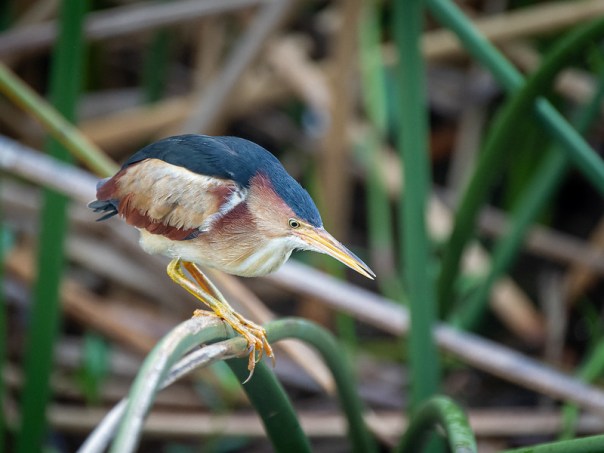Kevin M. wanted to go down to Osceola county and Joe Overstreet road last Friday. I don’t seem to get down there very often (the last time I wrote about it was in March of 2017). Since a visit was so overdue, I readily agreed to join him.
We stopped first along a side road for a sunrise pasture photo. It’ll be hard to see at web resolution, but there’s a large herd of cattle on the right in the distance.
Next, we drove down Joe Overstreet road. This is a great place to see birds that aren’t too common elsewhere in Central Florida. Here are some examples:
We also saw many of our common wading birds including some Sandhill Cranes, Anhingas, Cattle Egrets, Great and Snowy Egrets, and Wood Storks. There were a couple of Bald Eagles, a family of Red-headed Woodpeckers, an Upland Sandpiper, several Solitary Sandpipers (several? solitary? I know, right?), many molting Meadowlarks, lots of Killdeer, and lots of swallows ( I think these were Cave Swallows, although there could have been others mixed in).
And dragonflies were very plentiful.
 Dragonfly – Not sure of ID on this. Maybe a Red Saddlebags?
Dragonfly – Not sure of ID on this. Maybe a Red Saddlebags?
After Joe Overstreet, we stopped by Three Lakes Wildlife Management Area to see if we could spot any Red-cockaded Woodpeckers but they weren’t cooperating.
If you haven’t been to these areas, check them out. They seem to attract a diverse group of species. Click on any of these for larger versions, and you can see a few more of my photos from there in this album on Flickr.
Thanks for stopping by and reading my blog. Now – go make some photos!
©2019, Ed Rosack. All rights reserved







































